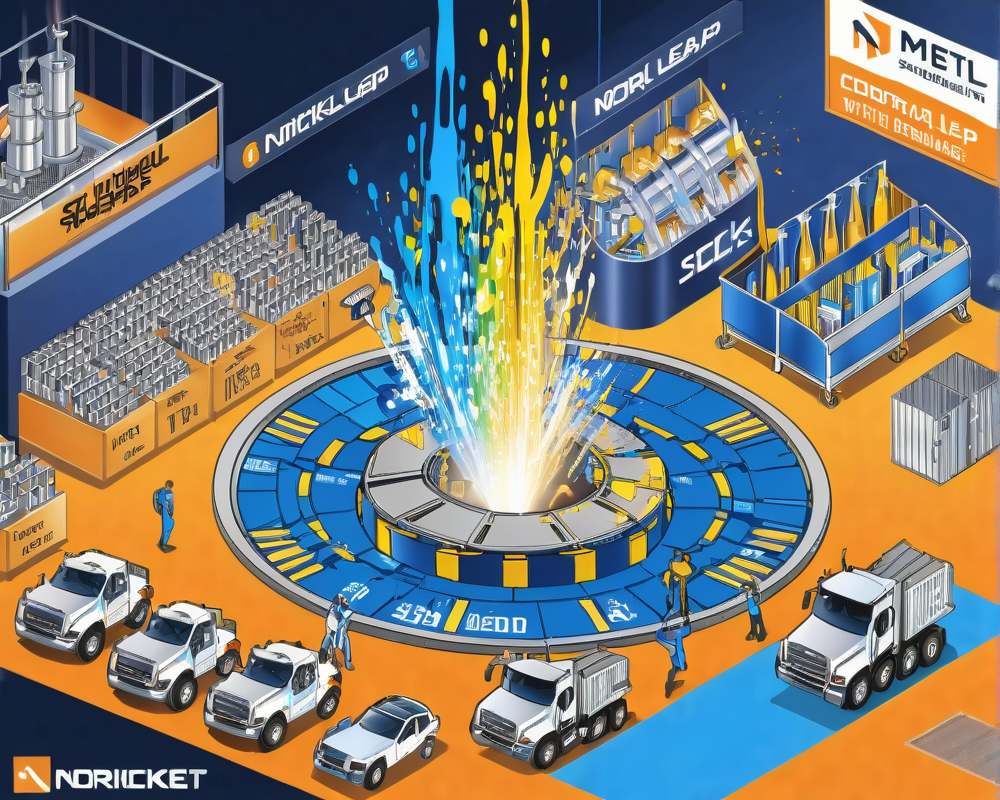What Happened to Tesla?
In a bizarre blend of high-tech and low-level breach, Tesla found itself tangled in the web of cryptojacking. According to the CSI wizards at RedLock, hackers exploited Tesla’s Amazon Web Services (AWS) by slipping through the cracks of a Kubernetes software container that didn’t bother to protect itself with a password. This wasn’t just a casual breach; it was an organized effort to mine cryptocurrencies right under Tesla’s nose, leaving many eyebrows raised in the tech community.
The Art of Breaching
How did the hackers manage this covert operation? They were savvy. Instead of hitching a ride on popular mining pools, they deployed their own sneaky software linked to an “unlisted” endpoint. This crafty move ensured that their activities were harder to detect. Think of it as slipping through the back door of a nightclub while everyone’s focused on the flashy front. And they didn’t stop there – keeping CPU usage low was their trick to avoid detection, like playing hide and seek in a library.
A Pattern of Poor Password Practices
RedLock notes that Tesla is not alone in its password pitfalls. Last year, companies like Aviva and Gemaltо suffered similar fates; all shared the common denominator of neglecting to use passwords for their admin consoles. It seems like a broken record at this point. Remember, in a world where everything is connected, a simple password can act like a moat around your digital castle.
Lessons from the Tesla Hack
The closing words of RedLock’s blog post aren’t just for Tesla; they’re like a friendly reminder to all businesses: monitor your network configurations, analyze traffic patterns regularly, and keep a keen eye on user behaviors. Those alerts you usually ignore? Yeah, start paying attention to them!
The Ironic Twist of Tesla Mining
Now here’s a plot twist: Tesla, a name synonymous with electric innovation, has already found itself in the Bitcoin mining conversation, albeit unintentionally. Last December, a Tesla Model S owner made headlines by using his car’s supercharger to power a mining rig hidden in the trunk. Talk about using every watt wisely! It seems Tesla cars are not just for driving fast but also for computing fast – just not the way the company intended.
Final Thoughts
In conclusion, the Tesla cryptojacking incident is a sturdy reminder that in the technological landscape, even giants can stumble. With the right awareness and preventive measures, other firms can dodge similar mishaps. And yes, count on us to keep shouting, “just use a password.” Because at the end of the day, a little diligence goes a long way toward keeping the digital pirates at bay.



